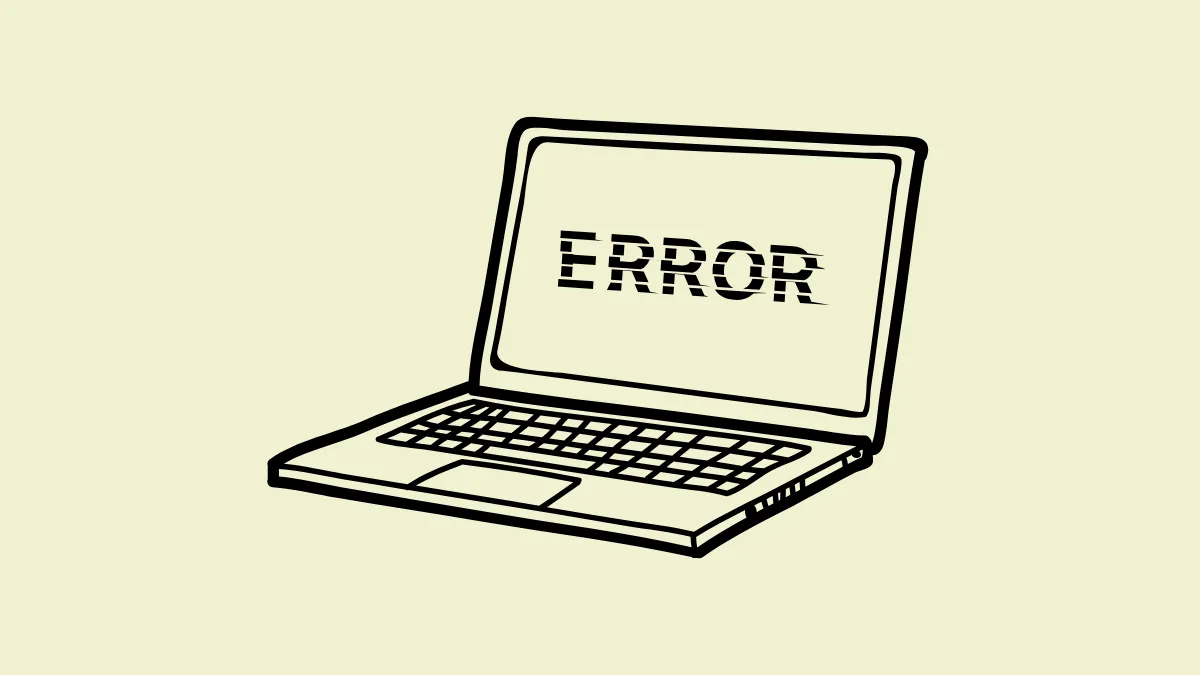Windows Update error 0xC1900208 occurs when the installation process detects incompatible software or drivers on your system. This issue prevents Windows 11 from upgrading to the latest version, leaving you stuck with repeated failed update attempts. Resolving this issue involves identifying and removing the problematic apps or drivers or resetting the Windows Update components.
Method 1: Identify and Remove Incompatible Apps
The most common cause of the 0xC1900208 error is incompatible software installed on your PC. Windows provides a compatibility report that lists problematic apps. Here's how to identify and remove the incompatible apps:
Step 1: Open File Explorer by pressing Windows + E. In the address bar, paste the following path and hit Enter: C:\Windows\Panther.
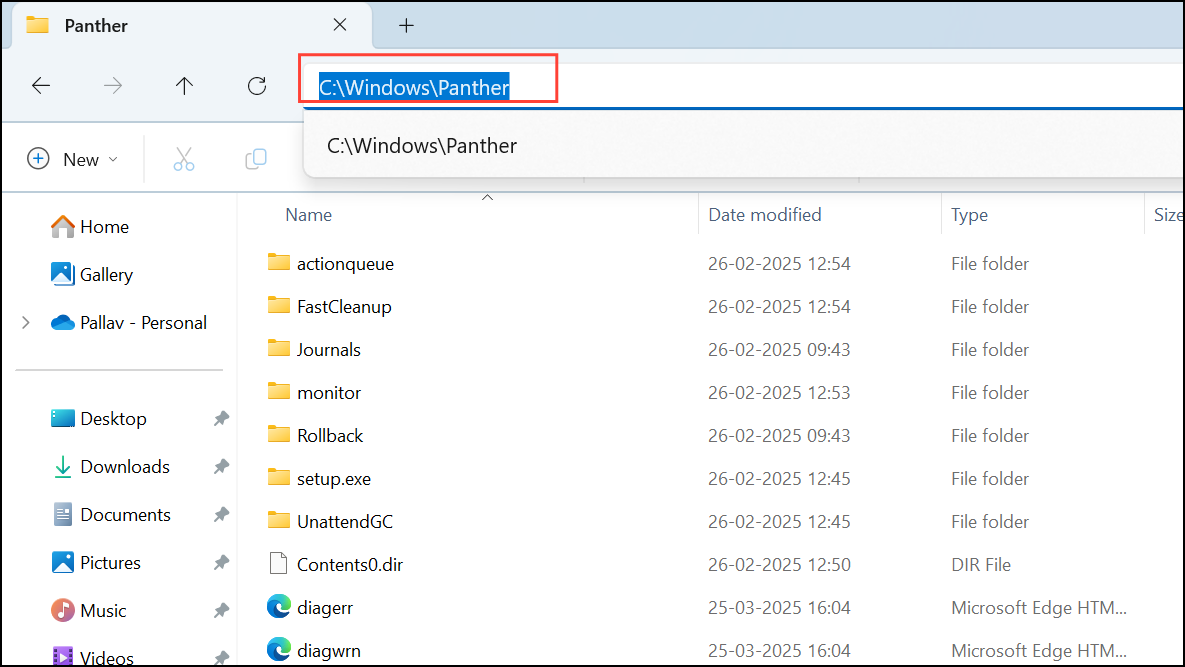
Step 2: In the Panther folder, locate the file named Compat*.xml with the most recent timestamp. Open this file with a text editor like Notepad.
Step 3: Search within the opened file for the names of incompatible programs. Typically, these are listed clearly in the file.
Step 4: Once you identify the problematic apps, close the file editor. Right-click on the Start menu and select "Installed Apps."
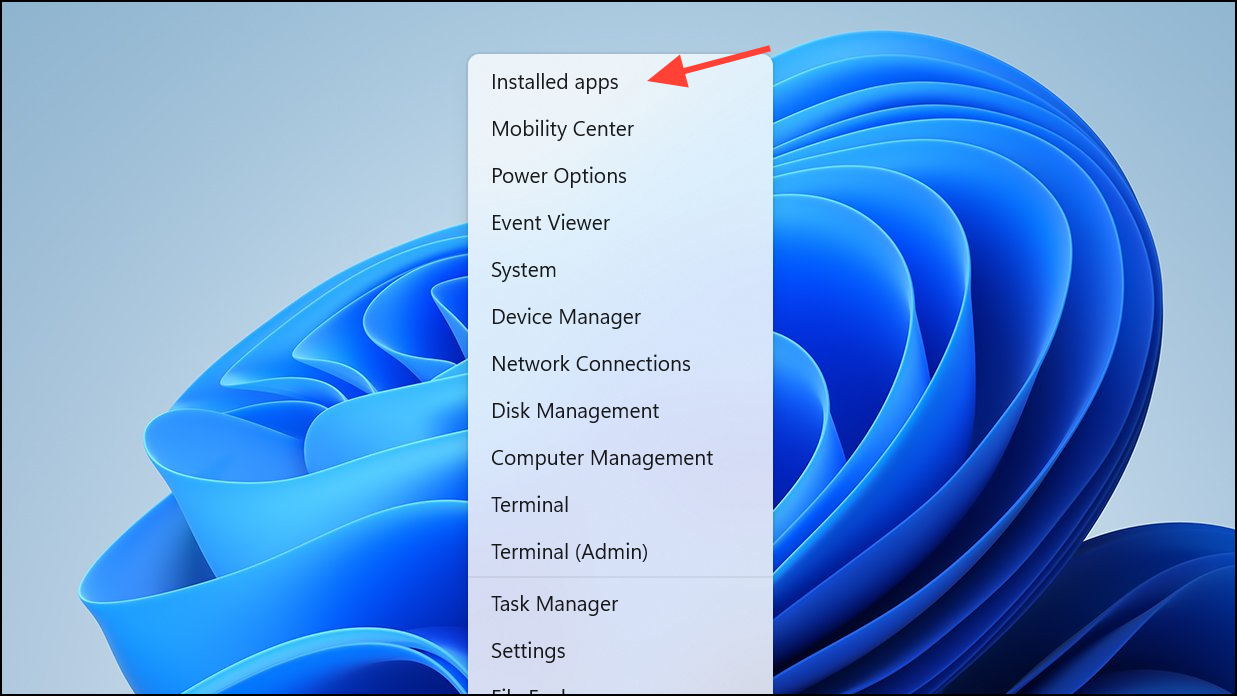
Step 5: Find the incompatible apps in the installed apps list, click the three dots on the right of each one, and click "Uninstall." After uninstalling, restart your computer and attempt the Windows 11 update again.
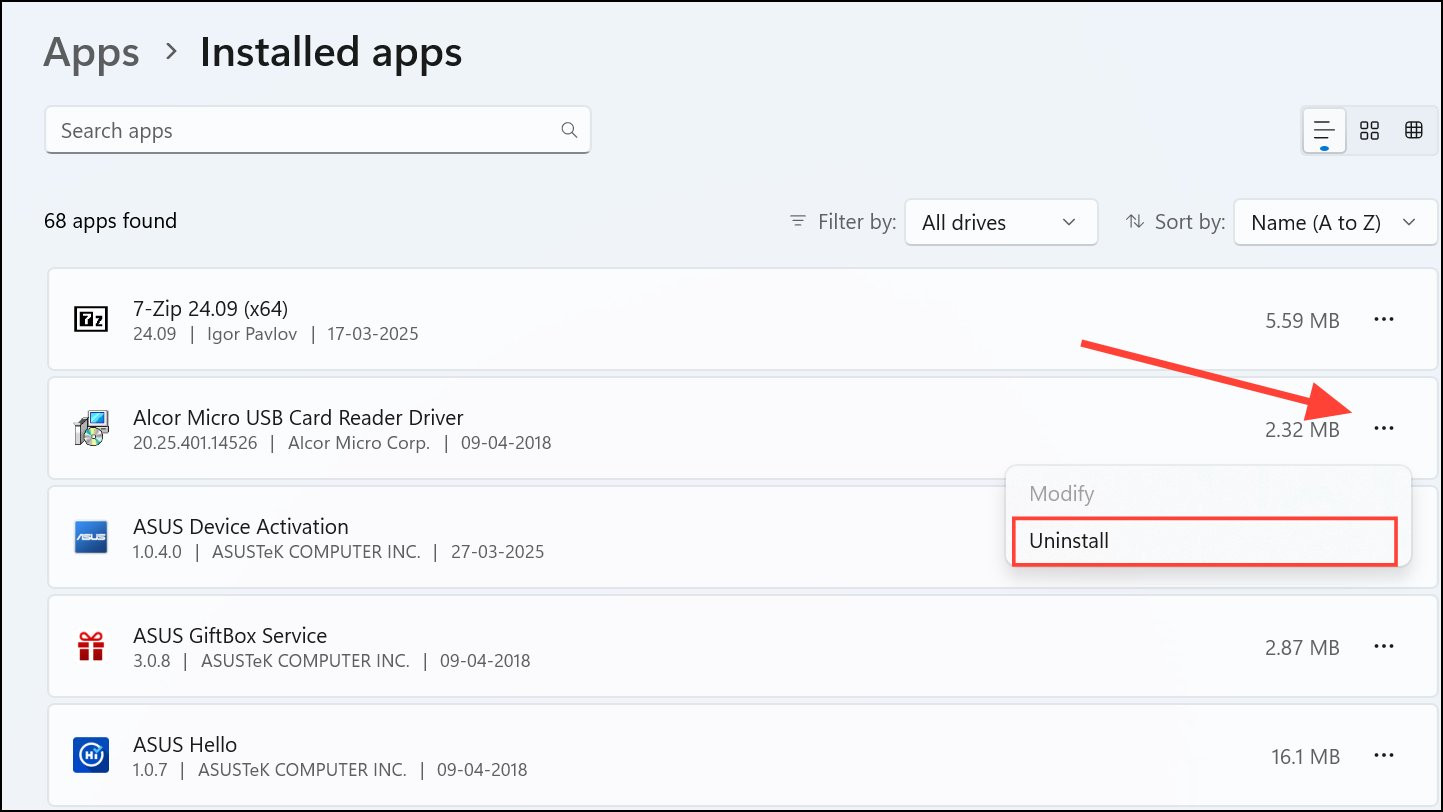
Method 2: Remove Problematic Drivers
Sometimes, incompatible drivers can trigger the 0xC1900208 error. Here's how to locate and remove problematic drivers:
Step 1: Open File Explorer and navigate to the folder: C:\$WINDOWS.~BT\Sources\Panther\CompatData. Open the most recent CompatData.xml file.
Step 2: In the XML file, search for the text BlockMigration="True". This indicates incompatible drivers.
Step 3: Note down the problematic driver files, typically listed as oemXX.inf files.
Step 4: Go to the folder C:\Windows\INF and locate the noted INF files. Open these INF files in Notepad to verify their function and confirm they are safe to remove.
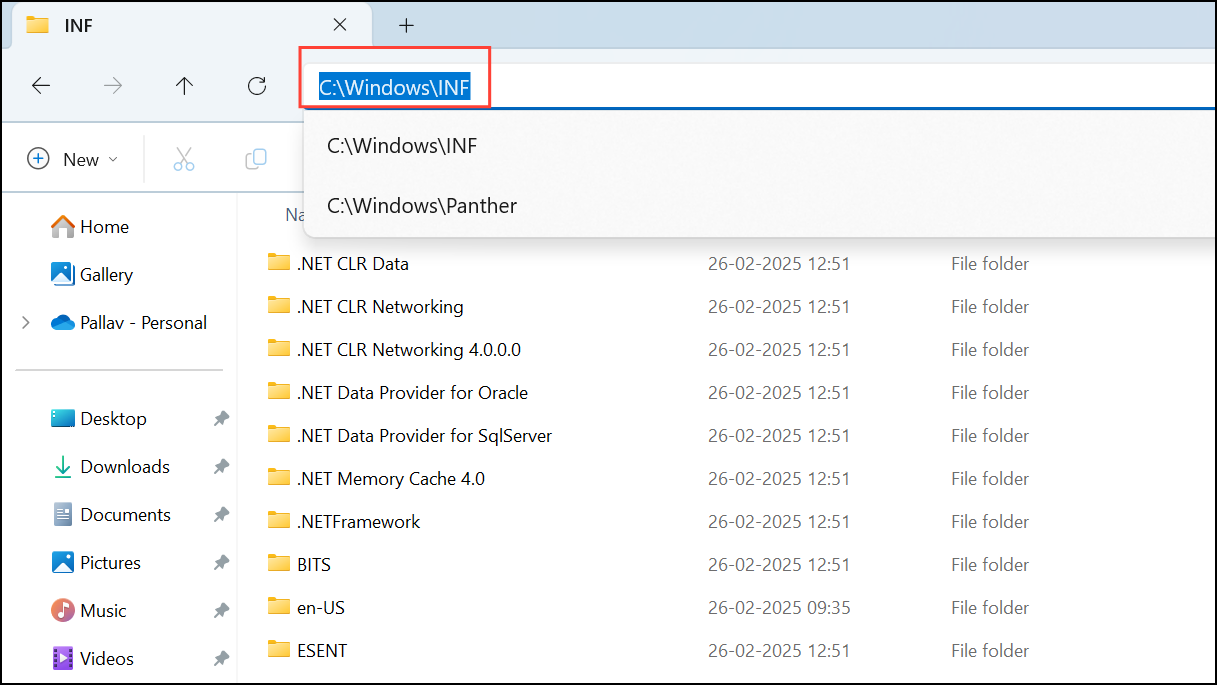
Step 5: Once confirmed, remove the associated drivers through Device Manager. Right-click the Start menu, select "Device Manager."
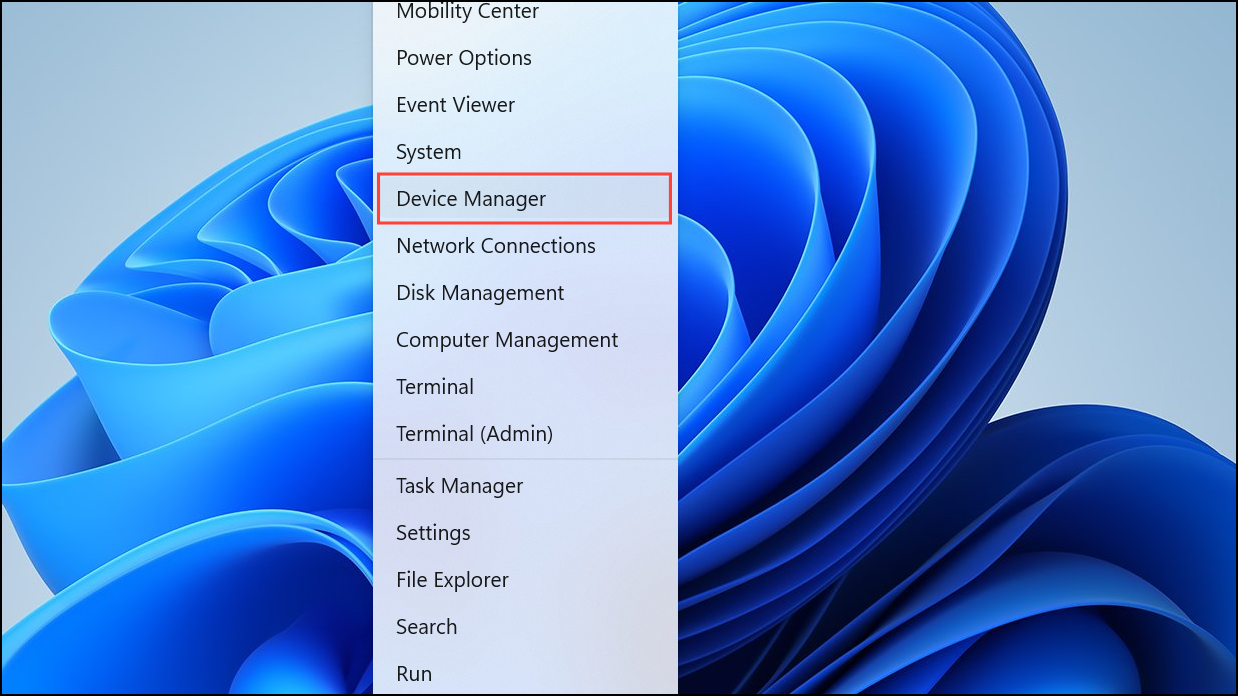
Step 6: Find the relevant device, right-click it, and select "Uninstall device." Check the option "Delete driver software for this device" if prompted.
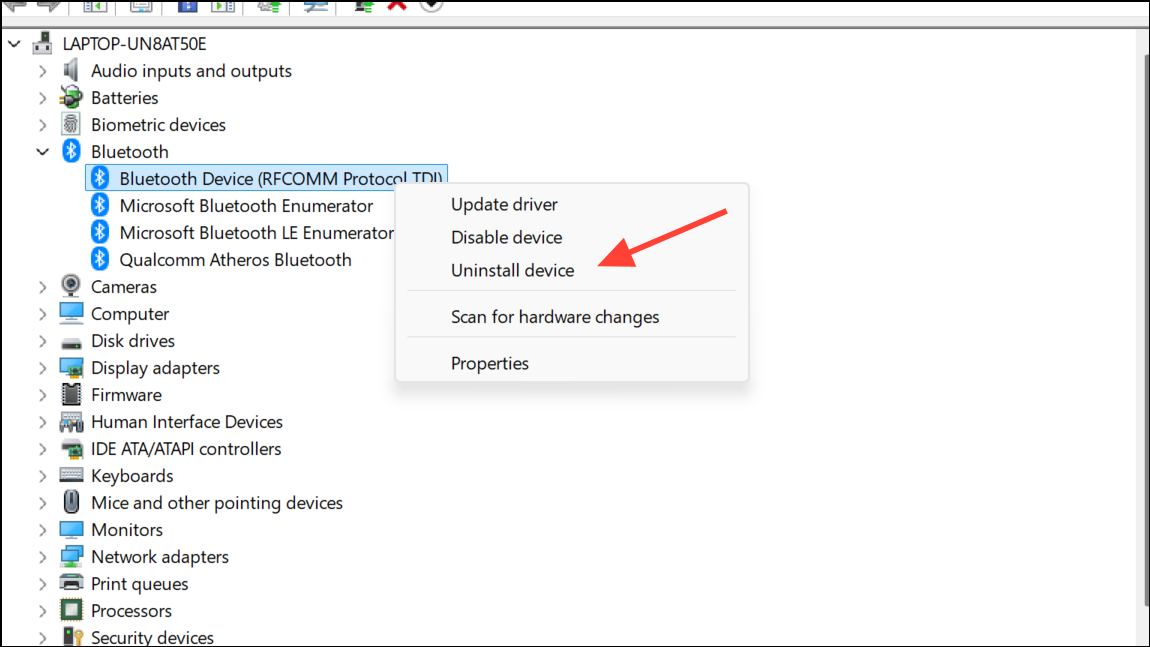
Restart your system and retry the Windows 11 update.
Method 3: Reset Windows Update Components
If removing apps or drivers doesn't resolve the issue, resetting the Windows Update components often fixes persistent update errors. Follow these steps:
Step 1: Click on the search icon, type "cmd," right-click "Command Prompt," and choose "Run as administrator."
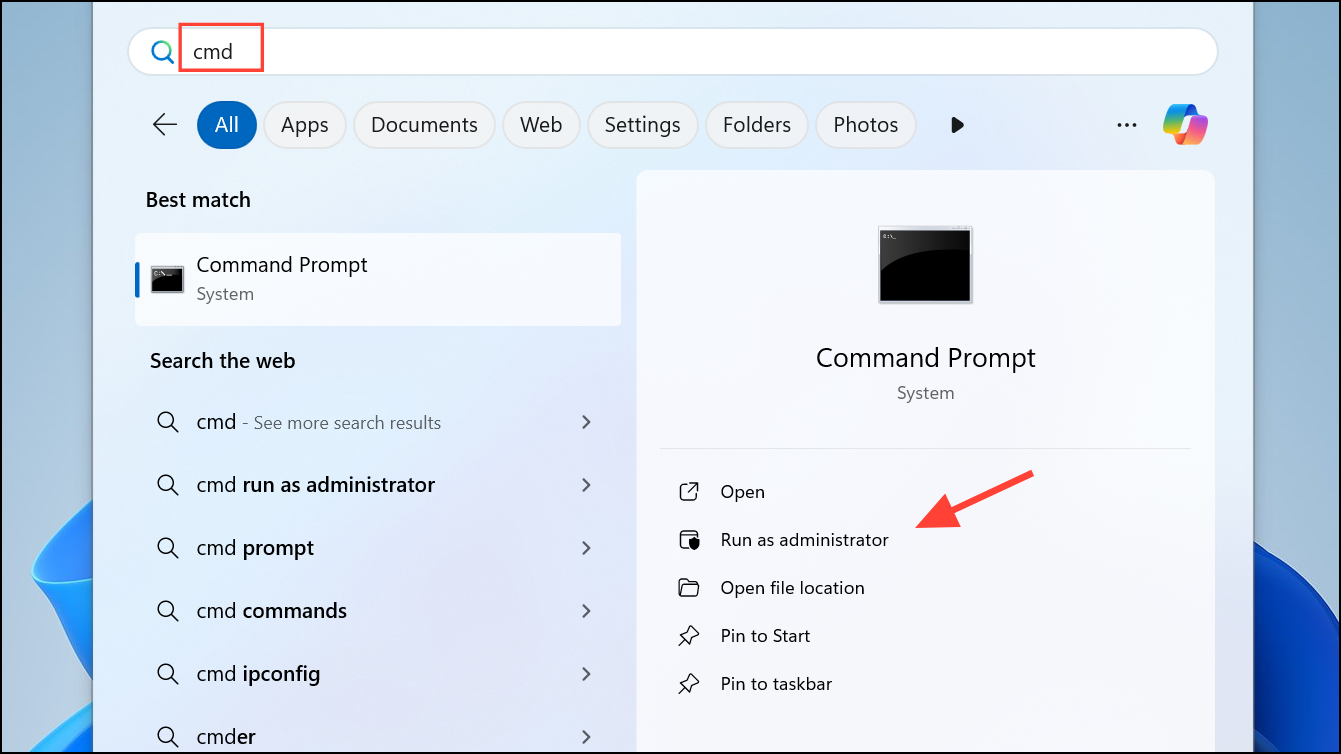
Step 2: In the Command Prompt window, stop the update-related services by running these commands one at a time, pressing Enter after each:
net stop bits
net stop wuauserv
net stop appidsvc
net stop cryptsvc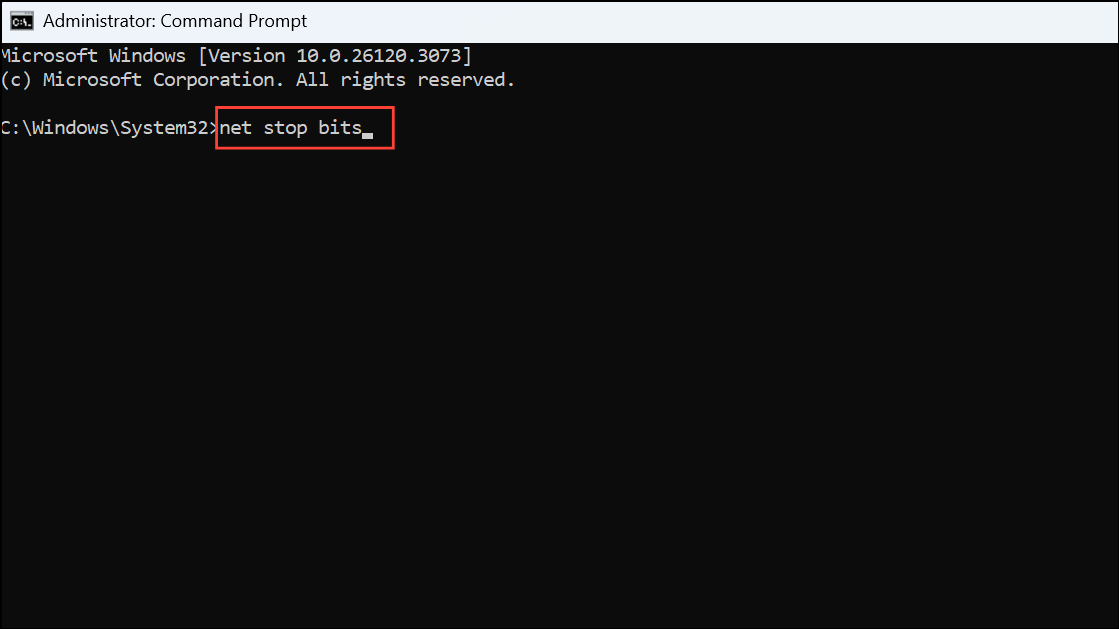
Step 3: Rename the SoftwareDistribution and Catroot2 folders to reset corrupted update files. Run these commands:
ren C:\Windows\SoftwareDistribution SoftwareDistribution.old
ren C:\Windows\System32\catroot2 Catroot2.old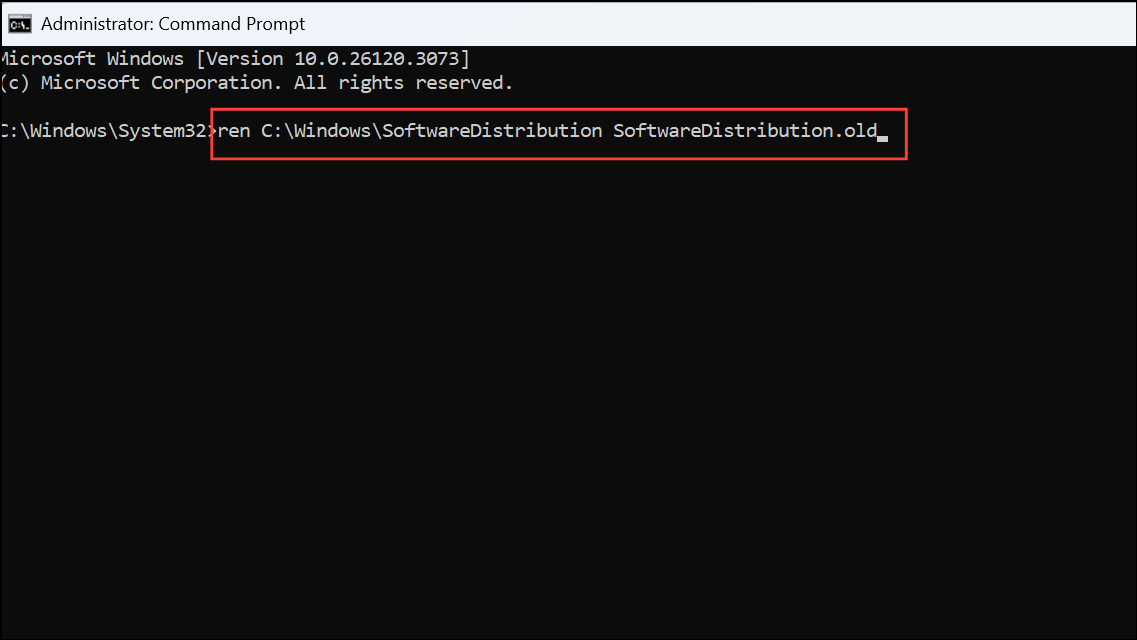
Step 4: Restart the stopped services by executing these commands:
net start bits
net start wuauserv
net start appidsvc
net start cryptsvc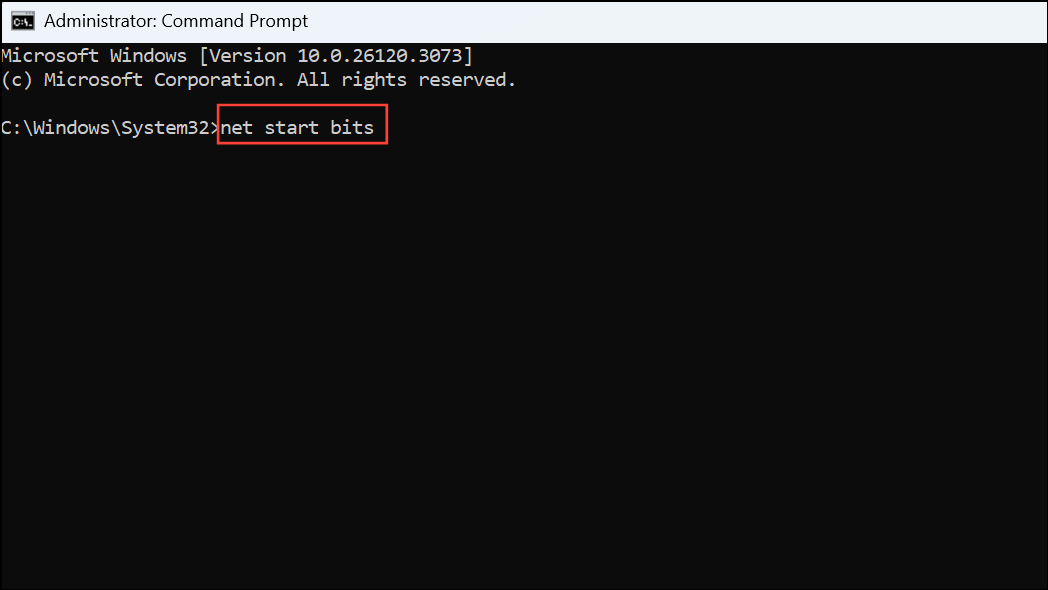
Step 5: Close Command Prompt and reboot your PC. Attempt the Windows 11 update again.
After performing these methods, your Windows 11 update process should proceed without encountering the 0xC1900208 error. If the issue persists, consider contacting Microsoft support or seeking further assistance from the Windows community forums.

